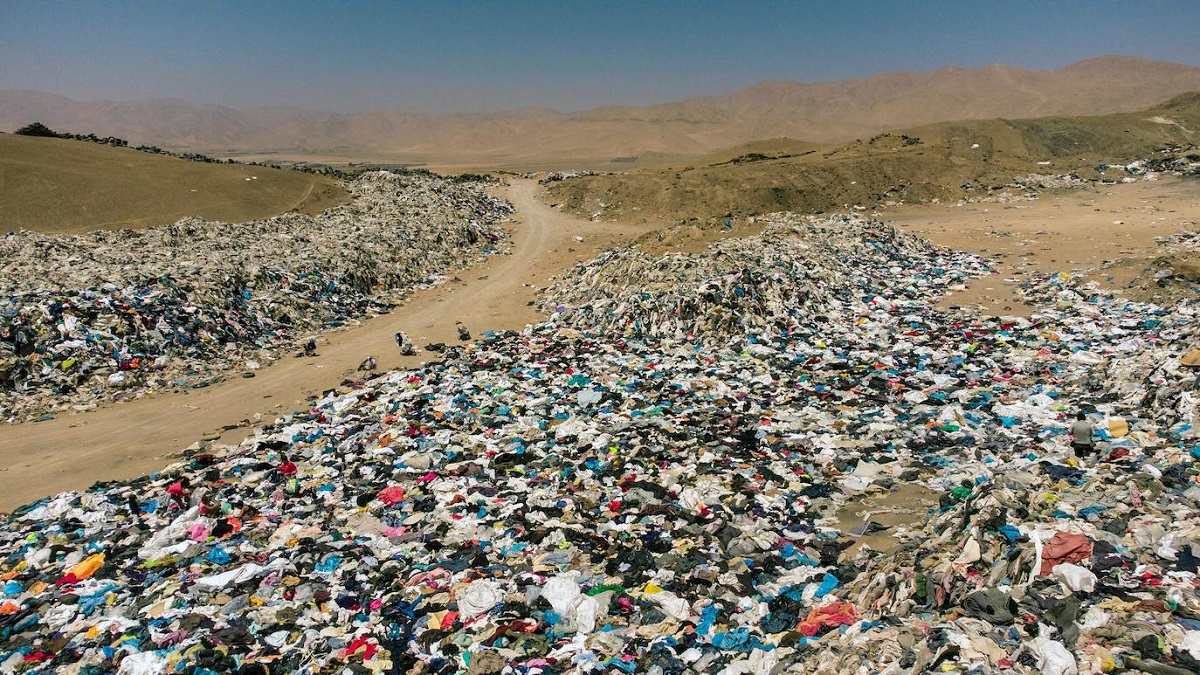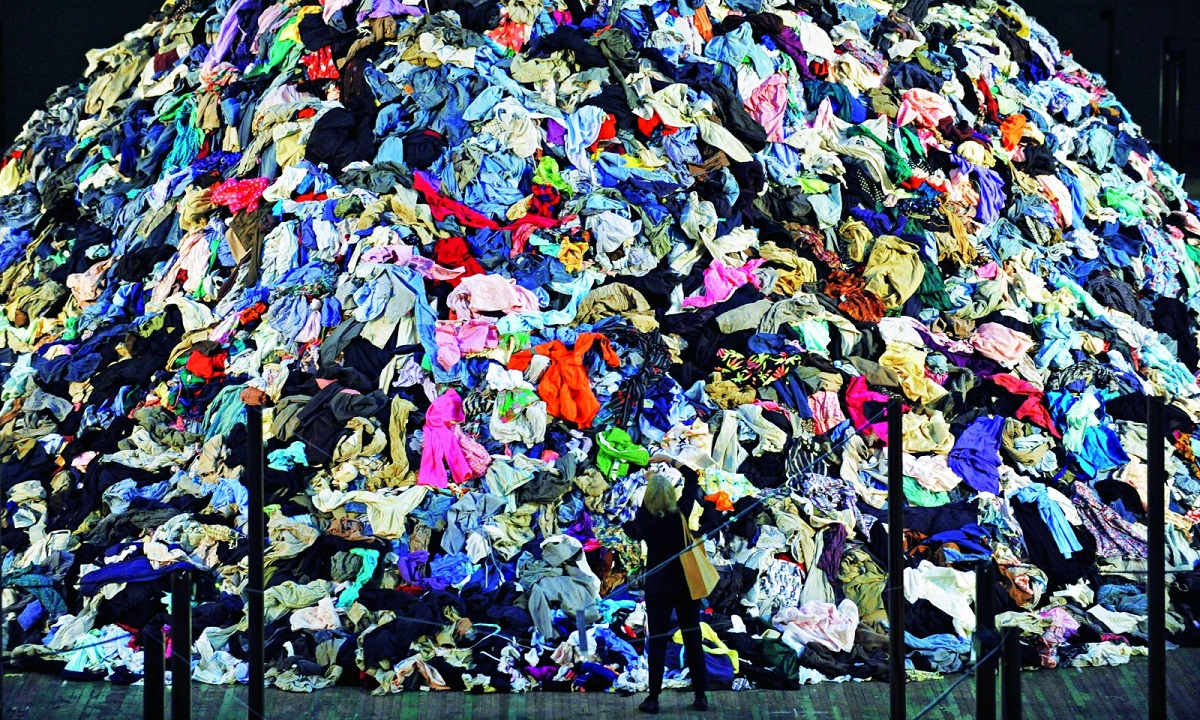
Fast fashion is about promoting the act of buying, using and throwing away. Obviously, the excessive use of raw materials to manufacture clothing was causing serious impacts on the environment. There are numerous clothing brands that are destroying the planet.
Therefore, we are going to dedicate this article to tell you everything you need to know about the clothing brands that are destroying the planet.
Clothing brands that are destroying the planet

Consumers can address the dangers of fast fashion's environmental impact by learning to identify fast fashion brands and by switching to sustainable brands that support the use of manufacturing processes and materials that are more ethical and better for the planet.
It's not just about what you buy, but what you do with the clothes once you're done with them. You can do good by recycling your clothes instead of throwing them away.
What exactly is fast fashion?

A dress or T-shirt hanging on a store shelf is probably fast fashion. A store that redesigns its mannequins with new clothes every week, or a website that updates its products daily, is also fast fashion.
Basically, cheap fashion is fast fashion. The term refers to a business model in which manufacturers set up a system to quickly replicate the latest styles seen on celebrities and runway shows, selling them to customers at a fraction of the cost of a designer collection. Collections like this are mass-produced, encouraging a pattern of buying while quickly discarding items for new clothes.
In the early XNUMXth century, most clothing was tailored to fit your body, either in a specialty store or at home. Costumes can take weeks to create. All of that began to change, and continues to do so, as the assembly lines and factories that were the hallmarks of the Industrial Revolution slowly became the backbone of clothing production.
Starting in the 1960s, when the average American bought fewer than 25 items of clothing per year, fashion began to move faster and manufacturing processes evolved to keep up with changing tastes.
The pace has only picked up since then: The average American bought roughly 68 items of clothing a year in 2018. According to one study, the average item of clothing is worn just seven times before being thrown away.
Where did all the unused clothes go? According to the Environmental Protection Agency, 10,5 million tons of textiles (most of which were clothing) were landfilled in 2015.
Examples of fast fashion brands

The well-known Spanish brand Zara is one of the pioneers of fast fashion. Founded in 1975, the retailer is known for producing high-end clothing at low prices. This model has been emulated by many other retailers including H&M, Shein, Boohoo, Uniqlo, Topshop, Primark, Mango and many more.
Cheap fashion is made with cheap labor and cheap materials. Some signs to look out for include:
- Low cost. One of the easiest ways to identify a fast fashion brand is to look at their prices. If they're too good to be true, they probably are.
- Synthetic fiber. While some premium products are made from polyester, rayon, and nylon, fast fashion tends to use these instead of natural fabrics like cotton and silk.
- Bad finishing touch. Check seams and buttons. For fast fashion, the seams are easy to tear and the buttons are loose.
- Rotate stocks. Brands that update their inventory every week or two follow the fast fashion model to keep consumers buying, discarding, and buying more.
Impacts of clothing brands that are destroying the planet
Putting all these new garments in the hands of consumers means cutting corners in design, production, and shipping. One of the cheapest and most popular fabrics is polyester, which unfortunately comes with a wardrobe full of problems. To get started, almost 432 million barrels of oil are needed to make synthetic textiles each year.
This reliance on fossil fuels produces greenhouse gas emissions associated with climate change. These plastic-based fabrics also pose the threat of spraying microplastics (tiny 8mm long pieces of plastic) into washing machines, which are then washed into our oceans, polluting oceans and other waterways.
Even natural fabrics can be problematic when used by fast fashion retailers. In 2019 alone, the US conventional cotton crop required 68 million pounds of pesticides. These chemicals not only remain on cotton crops, but also contaminate the soil with runoff water and pose a risk of water and soil contamination to local communities.
Fast fashion doesn't get any better when it comes to the next stage of the design process: combining all those beautiful colors. It takes up to 200 tons of water to produce one ton of dyed clothing. To make matters worse, the traditional dyes used are a mix of chemicals that don't break down properly when they enter rivers and oceans.
Over the years, these chemicals have accumulated in the environment, and in some cases, the waterways near the factories (where runoff water from the dyeing process enters) have become too dangerous to handle. use.
In China, the garment manufacturing capital of the world, more than 70 percent of the rivers are polluted and considered unfit for human consumption.
Cheap clothes are made with cheap labor: 35 cents an hour, which is the wage of factory workers who make clothes for some popular retailers. Working conditions are sometimes unsafe. The cost of fast fashion was underscored by the accident at the Rana Plaza building in Bangladesh in 2013, when the building housing five garment factories collapsed, killing more than 1000 garment workers.
The tragic incident highlighted the inhumane conditions at the factory, including slave wages, violations of labor rights (including 14-hour days), physical and verbal abuse, and exposure to toxic chemicals.
I hope that with this information you can learn more about the clothing brands that are destroying the planet.